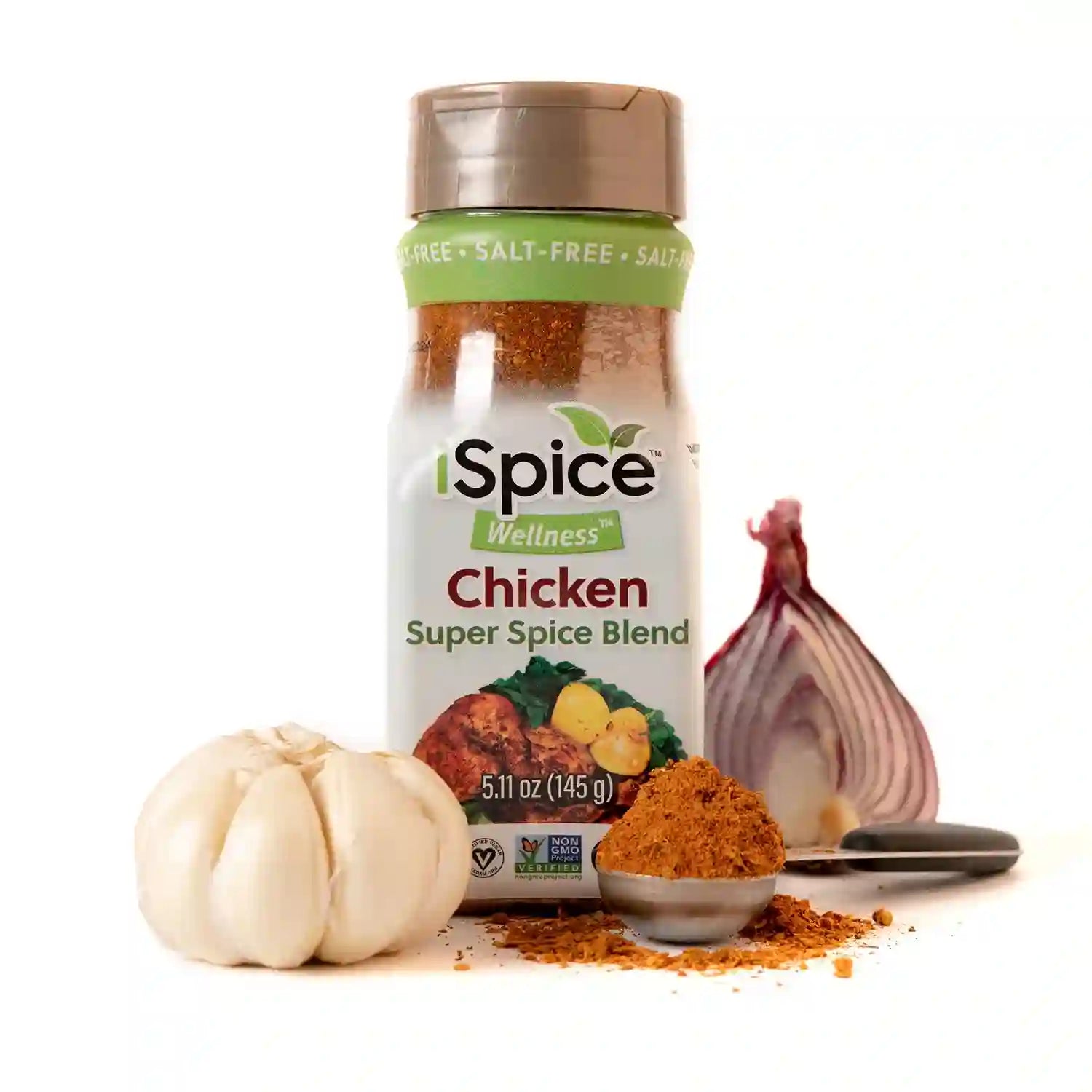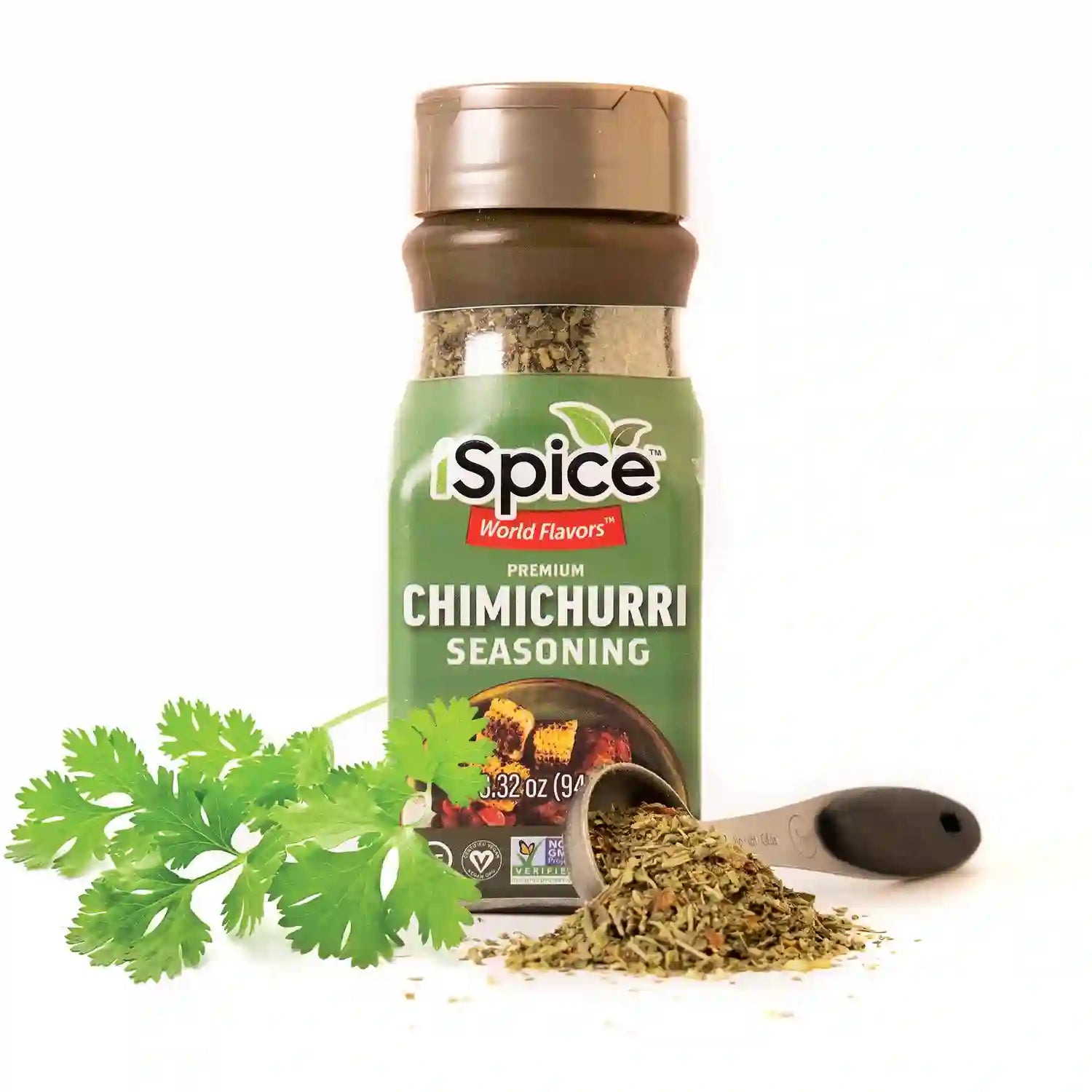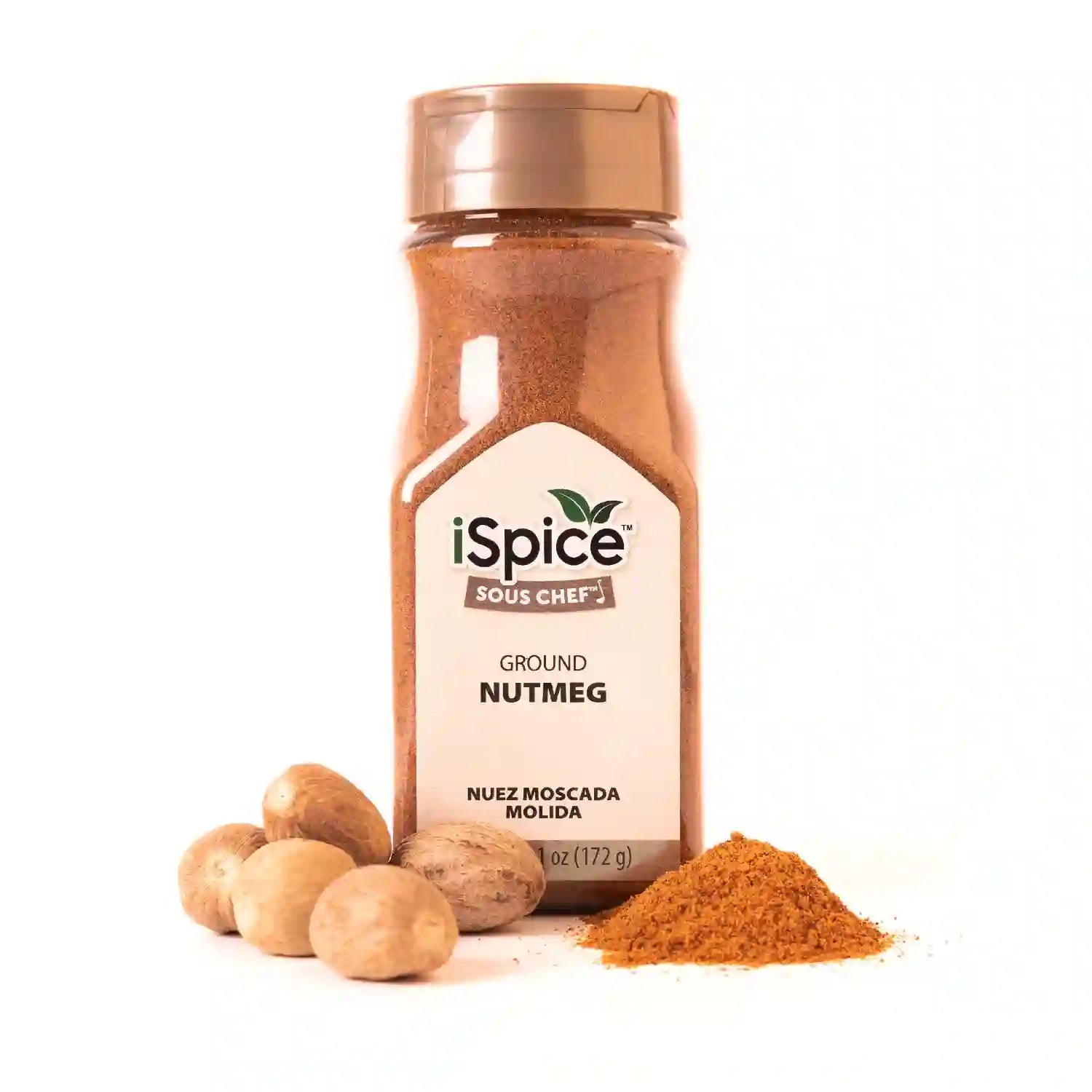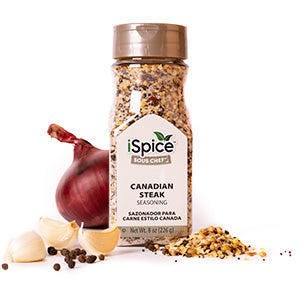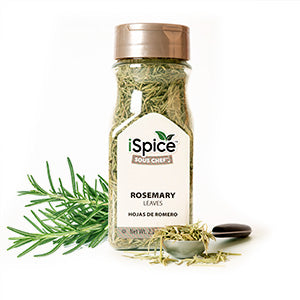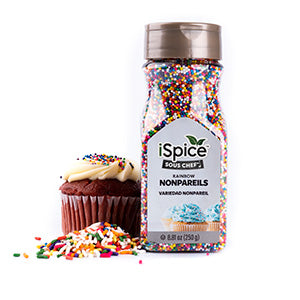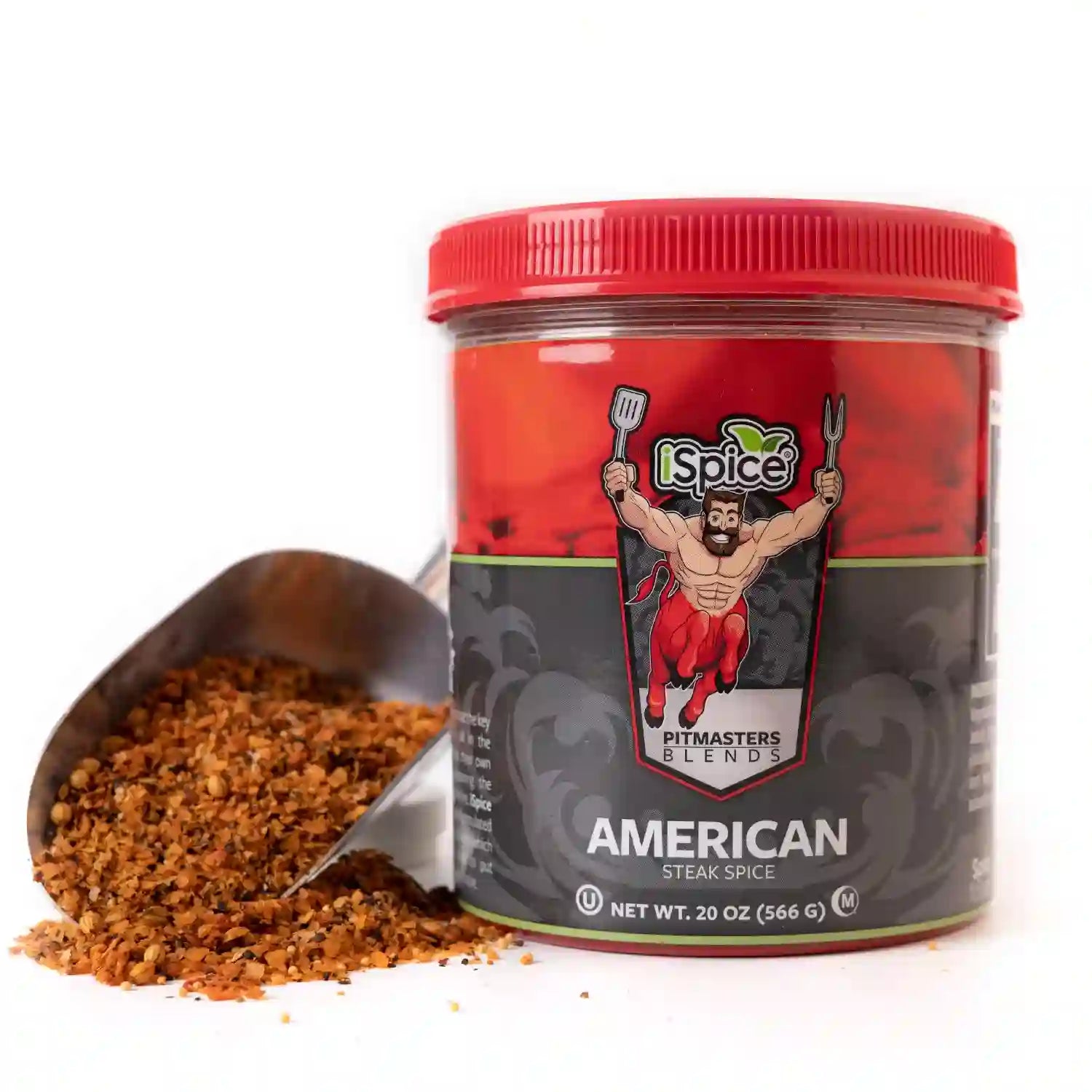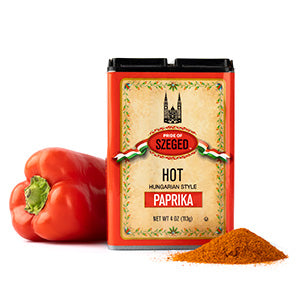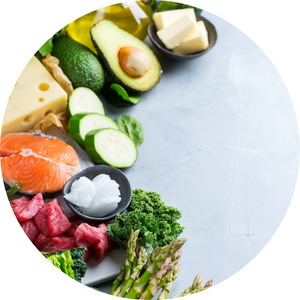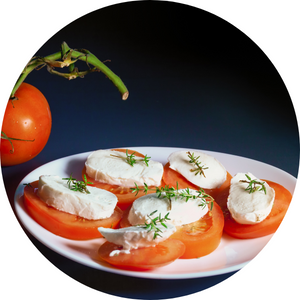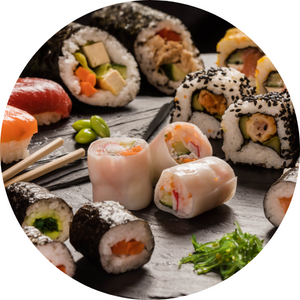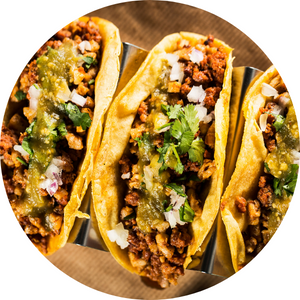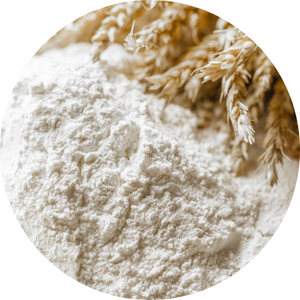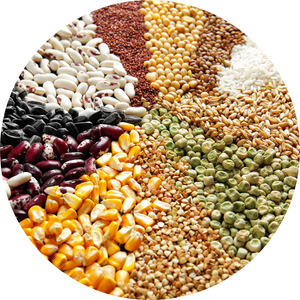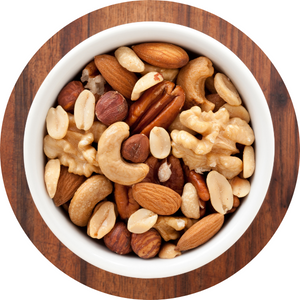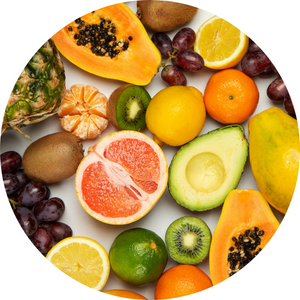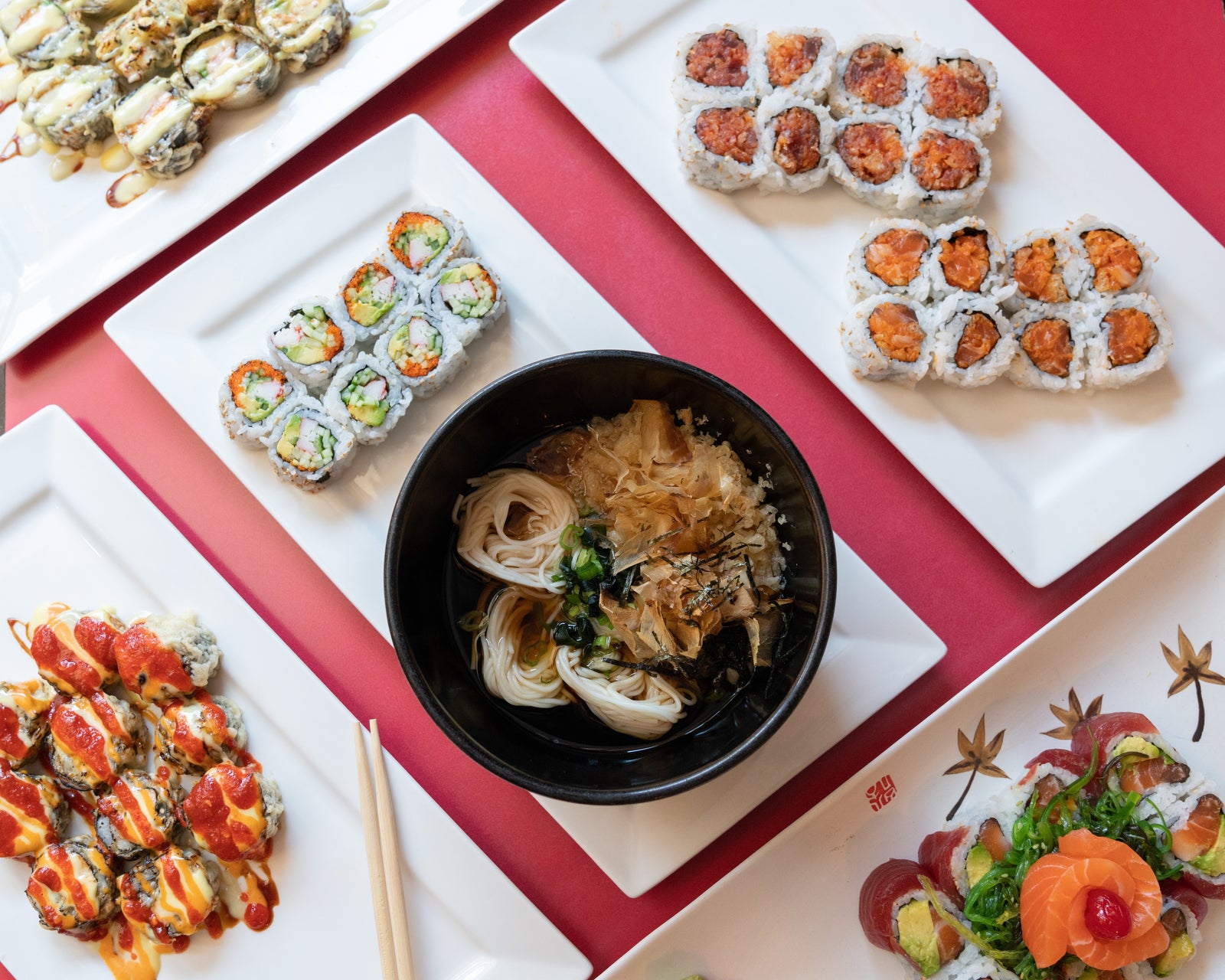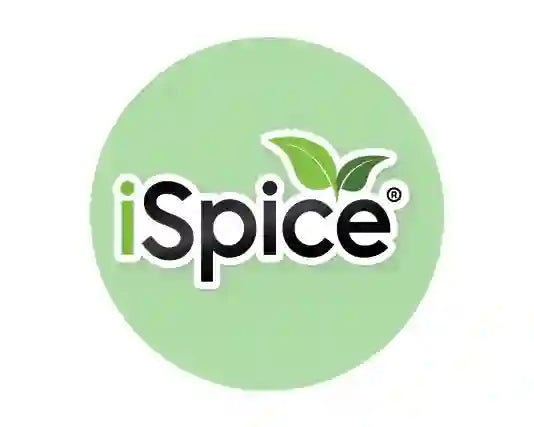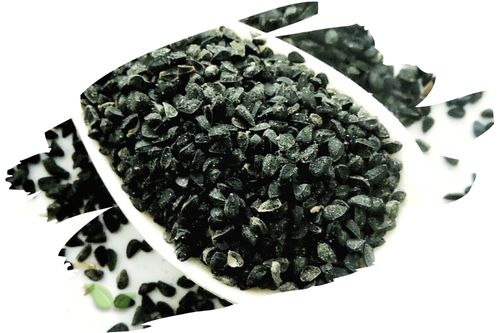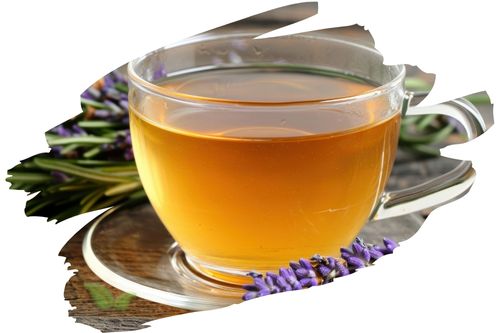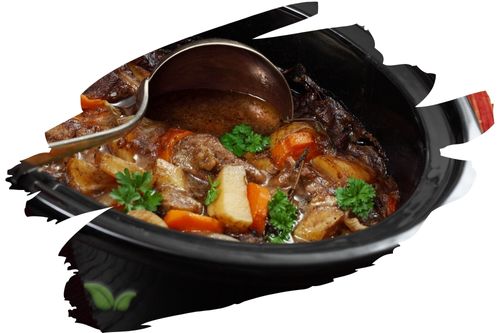
Ginger vs. Galangal: Unveiling the Differences
In the culinary world, spices and herbs play a pivotal role in enhancing flavors, and two ingredients that often get mixed up are Ginger and Galangal. Both are known for their unique flavors and health benefits, but they are not interchangeable. In this comprehensive guide, we will delve into the world of Ginger vs. Galangal, uncovering their differences, culinary uses, and more.
Introduction
Ginger and Galangal are two rhizomes that belong to the Zingiberaceae family and share a similar appearance. However, when it comes to taste, aroma, and uses, they stand apart. Let's embark on a journey to distinguish between these two remarkable ingredients.
Ginger vs. Galangal: Head-to-Head
Ginger: Nature's Zest
Ginger, scientifically known as Zingiber officinale, is a popular spice with a warm, spicy, and slightly sweet flavor. It is native to Southeast Asia and has been used for centuries in both culinary and medicinal applications.
-
Flavor Profile: Ginger imparts a zesty and slightly peppery taste to dishes, making it a versatile spice used in various cuisines worldwide.
-
Culinary Uses: It is a staple ingredient in Asian cuisine, adding depth to stir-fries, curries, and soups. Ginger is also renowned for its role in baking, where it lends its signature warmth to cookies, cakes, and gingerbread.
-
Health Benefits: Ginger is celebrated for its potential anti-inflammatory and digestive properties. It is often consumed as a tea to soothe nausea and aid digestion.
Galangal: The Exotic Aroma
Galangal, scientifically referred to as Alpinia galanga, is a rhizome with a unique and exotic flavor. It is predominantly found in Southeast Asia and is a key ingredient in Thai and Indonesian cuisine.
-
Flavor Profile: Galangal offers a sharp, citrusy, and slightly piney flavor. It is often described as more intense and pungent than ginger.
-
Culinary Uses: Galangal is a star in Thai curries, soups, and seafood dishes, infusing them with its bold and aromatic essence. It is typically used in slices or as a paste to intensify flavors.
-
Health Benefits: Like ginger, galangal is believed to have medicinal properties. It may aid in digestion and is used in traditional medicine to alleviate various ailments.
Ginger vs. Galangal in the Kitchen
When it comes to using Ginger vs. Galangal in your cooking, understanding their unique attributes is crucial.
| Aspect | Ginger | Galangal |
|---|---|---|
| Flavor | Warm, spicy, slightly sweet | Sharp, citrusy, slightly piney |
| Culinary Applications | Worldwide, especially in Asian cuisine | Predominantly in Thai and Indonesian dishes |
| Form | Fresh, dried, powdered, candied | Fresh or dried |
| Appearance | Tan, beige | Light brown, reddish skin |
| Best Suited For | Baking, soups, stir-fries, marinades | Thai curries, seafood dishes |
Ginger vs. Galangal: Which One to Choose?
Choosing between Ginger and Galangal depends on the specific recipe and the flavor profile you want to achieve. In general:
-
Opt for Ginger when you desire a milder, versatile spice that complements both sweet and savory dishes. It's excellent for baking and adding a subtle kick to your meals.
-
Choose Galangal when you seek an intense, aromatic punch in your Thai or Indonesian recipes. Its unique flavor is essential for achieving an authentic taste.
FAQs
Is galangal a type of ginger?
No, galangal is not a type of ginger. While they belong to the same botanical family, they have distinct flavors and culinary uses. Galangal has a sharper and more pungent taste compared to the warm and slightly sweet flavor of ginger.
Can I substitute ginger for galangal in a recipe?
While you can substitute ginger for galangal in a pinch, keep in mind that the flavors are different. Ginger will provide a milder and sweeter taste compared to the intense and citrusy flavor of galangal. It's best to use galangal when a recipe specifically calls for it.
Are ginger and galangal used in the same cuisines?
Ginger is used in a wide range of cuisines worldwide, while galangal is primarily used in Thai and Indonesian dishes. So, while they share some culinary overlap, their usage differs significantly based on regional preferences.
Can I use dried galangal instead of fresh?
Yes, you can use dried galangal as a substitute for fresh galangal in recipes. However, be aware that the dried version may have a slightly altered flavor profile. Adjust the quantity accordingly to achieve the desired taste.
Are there any health benefits associated with ginger and galangal?
Both ginger and galangal are believed to offer various health benefits. They are commonly used in traditional medicine to aid digestion and alleviate nausea. Ginger, in particular, is known for its potential anti-inflammatory properties.
Where can I buy ginger and galangal?
You can find both ginger and galangal in most grocery stores, markets, or specialty Asian food stores. They are available in fresh, dried, and powdered forms, depending on your preference and the recipe's requirements.
Conclusion
In the battle of Ginger vs. Galangal, both ingredients emerge as culinary champions, each with its own unique characteristics and culinary applications. Whether you're preparing a soothing ginger tea or crafting an authentic Thai curry with galangal, these rhizomes bring distinct flavors and aromas to your dishes. Understanding their differences empowers you to make the right choice in your culinary adventures.
Alert: While spices can have many beneficial properties for health, using them for medical purposes should be done under the guidance and supervision of a healthcare professional or specialist. Some spices may interact with medications or cause adverse reactions in certain individuals, and it is important to use them safely and appropriately. If you are considering using spices for a medical condition, it is important to consult with a healthcare professional before doing so.

